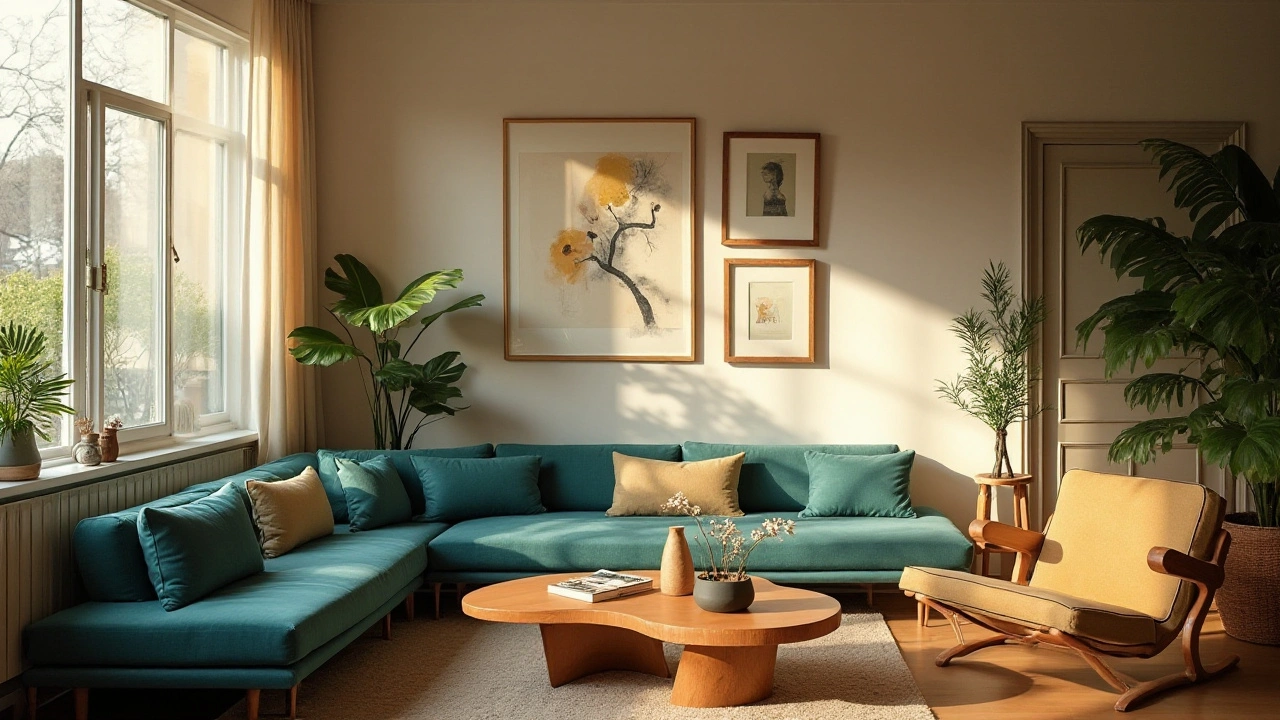Design Movement: How to Spot Styles and Use Them Today
One column, a roofline, or a window can tell you which design movement shaped a place. This tag collects short, useful pieces on major architectural and design movements — from Gothic Revival spires to Minimalist tech habits — so you can recognize styles fast and use them where you live or travel.
A design movement is a set of shared ideas about form, materials, and purpose. Some focus on ornament (Baroque, Beaux-Arts), some on structure (Romanesque, Renaissance), others on feeling or function (Expressionist, Functionalism, Minimalism). Knowing a few visual rules makes streets and museums feel less random and more like a story you can read.
How to recognize a movement
Look for a few clear clues rather than guessing by feel. Gothic Revival favors pointed arches, tall windows, and vertical emphasis—think spires and decorative tracery. Beaux-Arts shows grand symmetry, classical columns, and ornate facades; these buildings often look like stage sets for civic pride. Art Nouveau uses flowing, organic lines and nature motifs—curves instead of strict geometry. Minimalism strips forms to essentials: flat surfaces, neutral palettes, no extra trim. Postmodernism flips rules with playful shapes, bold colors, and references to older styles turned into jokes or statements. Byzantine? Check domes and mosaics. Colonial styles show symmetry, simple roofs, and regional materials—Dutch Colonial with its gambrel roof is a clear giveaway.
Practical ways to use design movements
Want to bring a movement into your home? Start small. Pick one signature element: a column-style molding for a Beaux-Arts nod, a curved lamp for Art Nouveau, or a minimal console table for a clean Minimalist look. Mix carefully—use one strong reference and keep the rest simple. For renovations, match materials and scale: a Victorian detail on a tiny modern townhouse will feel off; choose trim that fits room height and window size.
Travel tip: before visiting a city, scan this tag for posts on local styles (like Byzantine in Istanbul or Greek Revival in the U.S.). It helps you spot hidden details and understand why neighborhoods look the way they do. When you photograph buildings, focus on one element per shot—an arch, a cornice, a roofline—to capture the movement’s fingerprint.
Want deeper reading? Use the related posts in this tag to follow a movement through history, examples, and conservation tips. Each article gives straightforward ways to spot features, real-world examples, and ideas you can use in design or travel right away.

Exploring the Essence and Influence of Mid-Century Modern Design
The Mid-Century Modern movement, which emerged in the mid-20th century, revolutionized architecture, interior design, and furniture aesthetics. Known for its organic shapes, minimalistic forms, and emphasis on functionality, it reflects an era of innovation and creativity. The movement not only shaped residential spaces but also influenced public buildings and city planning. Its timeless appeal continues to captivate modern designers and homeowners alike, making it a resilient style that blends form and function seamlessly. Delve into its origins, key elements, and lasting impact on contemporary spaces.
Read more
Art Nouveau Architecture: Revolutionizing Design with Whimsy and Elegance
Art Nouveau emerged at the turn of the 20th century as a bold design movement, marrying elegance with natural forms in an era when architecture was undergoing transformative change. Characterized by intricate details, organic forms, and unique curves, this style became a hallmark of creativity across Europe and beyond. The movement challenged conventional architecture, leaving behind iconic landmarks. This exploration delves into Art Nouveau's roots, its groundbreaking elements, and its enduring impact on modern design.
Read more